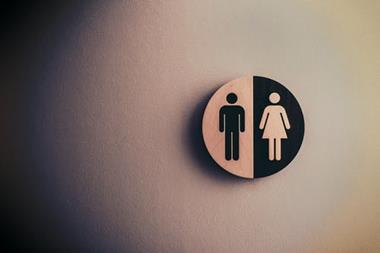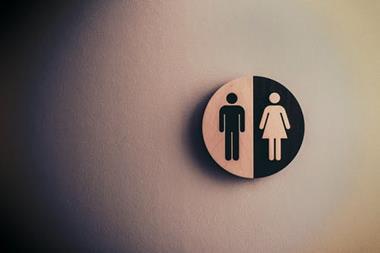Over twenty leading pension companies and organisations have joined forces to launched Pension Equality Group (PEG) to tackle pension inequalities in the UK by working together.
Members of the coalition include: Abrdn, Aegon, Aon, Arc Pensions Law, Aviva, Barnett Waddingham, Dalriada Trustees, Hymans Robertson, Legal & General, LCP, Mattioli Woods, MFS Investment Management, NOW: Pensions, Pinsent Masons, Pensions Policy Institute, Pensions and Lifetime Savings Association, Quietroom, Royal London Group, Smart Pension, Sackers, Scottish Widows, WTW and Universities Superannuation Scheme.
The coalition was launched to address a problem that sees many not saving enough for retirement.
Samantha Gould, spokesperson at NOW: Pensions, said that pension savings gap between men and women continues to widen and while the average UK pension pot has “almost doubled” since the start of auto enrolment, women’s savings have “hardly increased at all”.
She pointed out that in the UK today, women save just 33p for every £1 a man saves which means that “women would need to wok an additional 18 years in full-time employment to save the same amount of money into their pension as a working man”.
And while the reasons for the pension hap are complex, she stressed that “doing nothing is not an option”.
She said: “Action is needed now to reduce the gender pensions gap and allow everyone to enjoy the comfortable retirement they deserve.”
Gender pensions gap
Earlier this month, the Government Actuary’s Department has published its analysis of the gender pension gap within the Local Government Pension Scheme (LGPS).
The analysis based on data collected to conduct an actuarial valuation of the LGPS as at 31 March 2020, showed that while women make up around 74% of employees within the LGPS England and Wales actives data, they have lower pay and accrued pensions.
The research identified a 41% pension gender gap for active members, revealing that women actively paying into their pension could expect a mean of £3,198 in total pensions, compared to £5,416 for men.
Meanwhile, partner pensions saw a 56.9% gap due to a 6% difference between the rates paid to male and female members’ partners.
The data also showed that the average gender gaps are 35% (post 2014 active females career average), 46% (active female accrued legacy defined benefit schemes) and 49% for pensions in payment.
Collaboration
Kim Brown, chair of the coalition, added that tackling inequality requires the industry to come together “bringing our shared expertise to bear on the systemic barriers that disproportionally impact many across our society”.
She said: “Everyone deserves the opportunity to secure a better retirement, irrespective of their gender or background.”
“On behalf of the group, I’m confident that we can collectively play our part in helping to promote greater pensions equity for the benefit of all our members, and we would encourage others across the industry to join us and make a difference.”
Through collaboration, the coalition aims to achieve the following objectives:
- developing a way of consistently measuring pension inequalities, beginning with the gender pensions gap before expanding to other pension inequalities;
- working with government and policymakers to achieve positive change;
- sharing best practice approaches to help employers address inequalities;
- finding practical tools to empower individuals, such as planning tools and guidance;
- highlighting potential industry product developments that will help drive greater equity for individual savers.
The launch of the coalition was welcomed by the minister for pensions, Laura Trott.
She said: “It’s great to see the pensions industry coming together to help millions more people save for their futures. This government has transformed pension saving with automatic enrolment, especially for low earners, young people, and women. Now we must build on this progress by expanding automatic enrolment to help even more people prepare for their future and start saving earlier.
“Crucially, we are also developing our understanding of the gender pensions gap so we can report on it regularly, tackle this disparity and give everyone the retirement they deserve.”
Read the digital edition of IPE’s latest magazine

















No comments yet